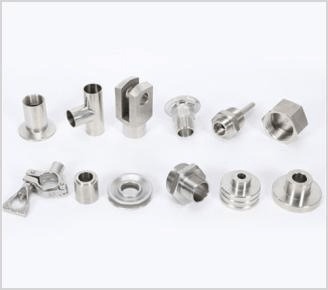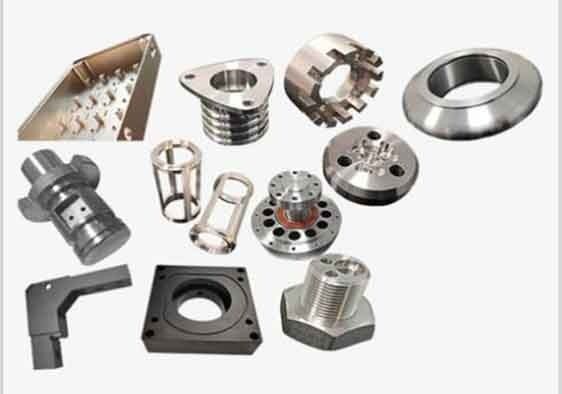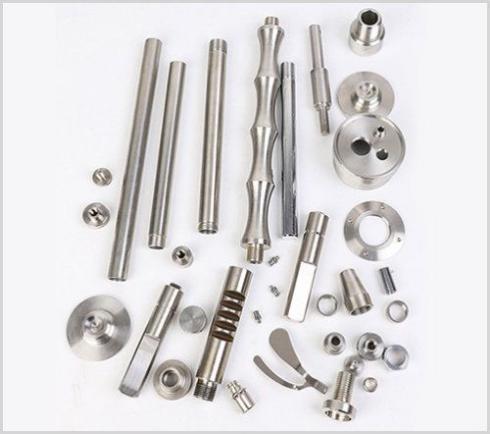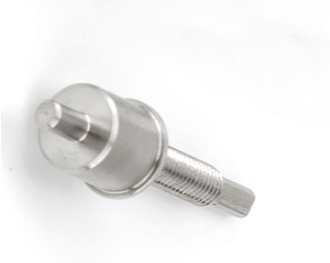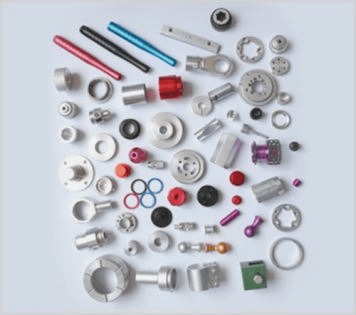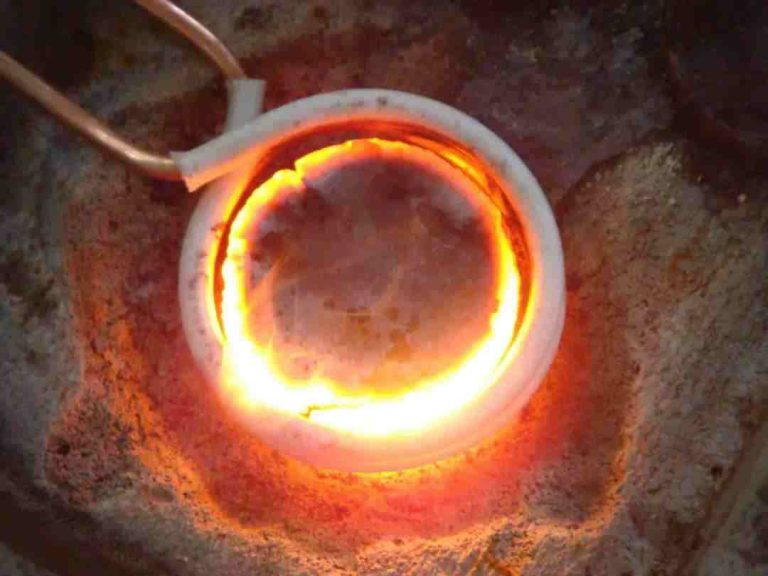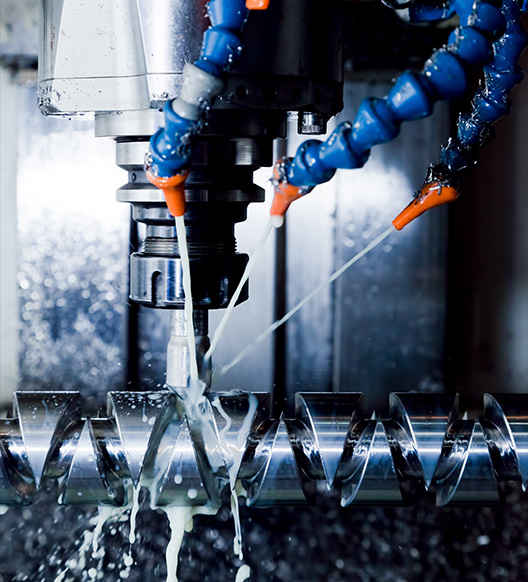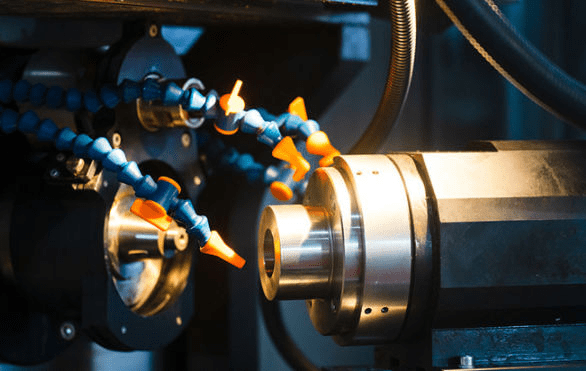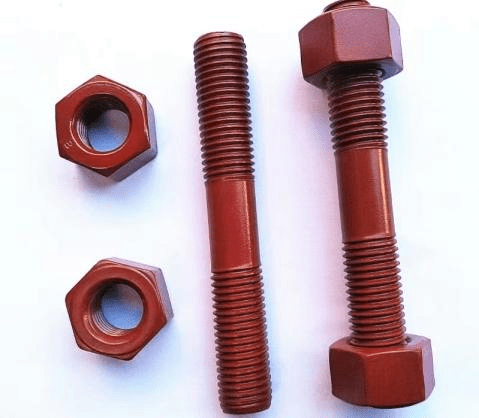What’s the Difference Between 3-axis, 4-axis & 5-axis Machining
We have a variety of cutting-edge 3-axis, 4-axis, and 5-axis milling machines at KENENG. Varying types of machines will require different levels of complexity and types of geometry. The intricacy of the movement both the workpiece and the cutting tool can undergo, relative to each other, is the primary distinction between 3-axis, 4-axis, and 5-axis…

